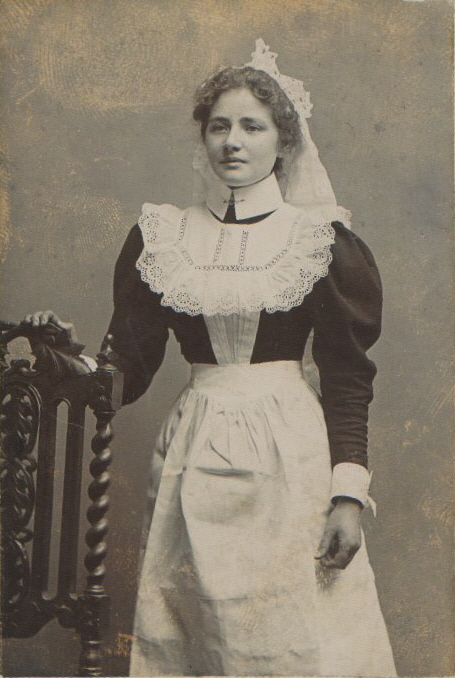The Constanța Casino is a casino located in Constanța, Romania. The casino was built three separate times, with the first structure being erected of wood in 1880. It was designed to be a club and community center for elite and upper-class socialites willing to spend. Once considered Romania’s Monte Carlo and a symbol of the City of Constanța, the most-recent and modern version was built in Art Nouveau style, also being the most important Art Nouveau building in the country, designed and built according to the plans of Daniel Renard and inaugurated in August 1910.

Historic Picture Constanta Casino Boardwalk with Patrons via

Constanta Casino, Old Picture with patrons via

Casino Terrace with Boardwalk in background via

Interior of Constanta Casino via























